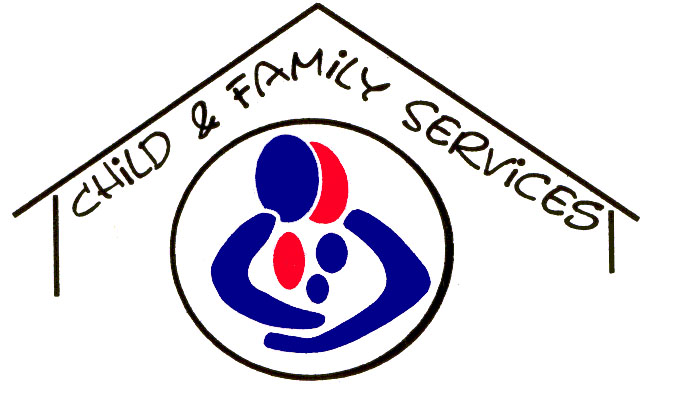Children entering (or re-entering) Foster Care during the Fiscal Year
Measure
The number of children who are removed from their homes and experience an entry (or a re-entry) into foster care
How This Is Measured
Entry into foster care: Children who spend at least one night in the placement of the Child and Family Services Agency and are not considered a re-entry into foster care.
Re-Entry into foster care: Children who spend at least one night in the placement of the Child and Family Services, who also have a prior episode of entry into foster care.
Duration: For children who have re-entered foster care, this refers to the amount of time between a child previously exited foster care and re-entered foster care. It can be viewed by 12 mos. or less or greater than 12 mos.
Why This Matters
CFSA prioritizes keeping children safely in their homes, whenever possible. Some children will need to enter foster care due to imminent safety concerns, and tracking entries permits CFSA to forecast placement and service needs. CFSA also prioritizes that children safely exit to reunification, guardianship and adoption and do not re-enter foster care.
Children Entering Foster Care by Ward
Measure
The number of children who are removed from their homes and experience an entry (or a re-entry) into foster care based on their ward at the time of removal.
How This is Measured
The child's home ward at the time of their removal for all children that entered foster care during the Fiscal Year.
Why This Matters
Information regarding the ward of removal helps CFSA to make informed decisions on location of prevention services and recruitment of foster homes.



